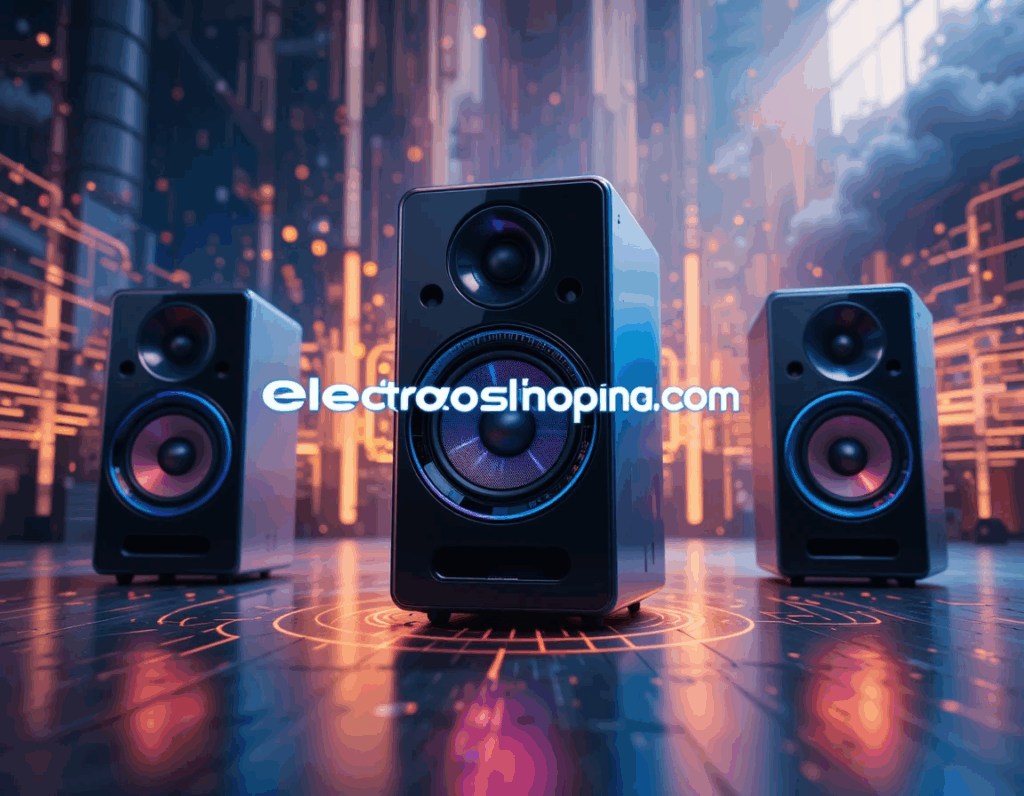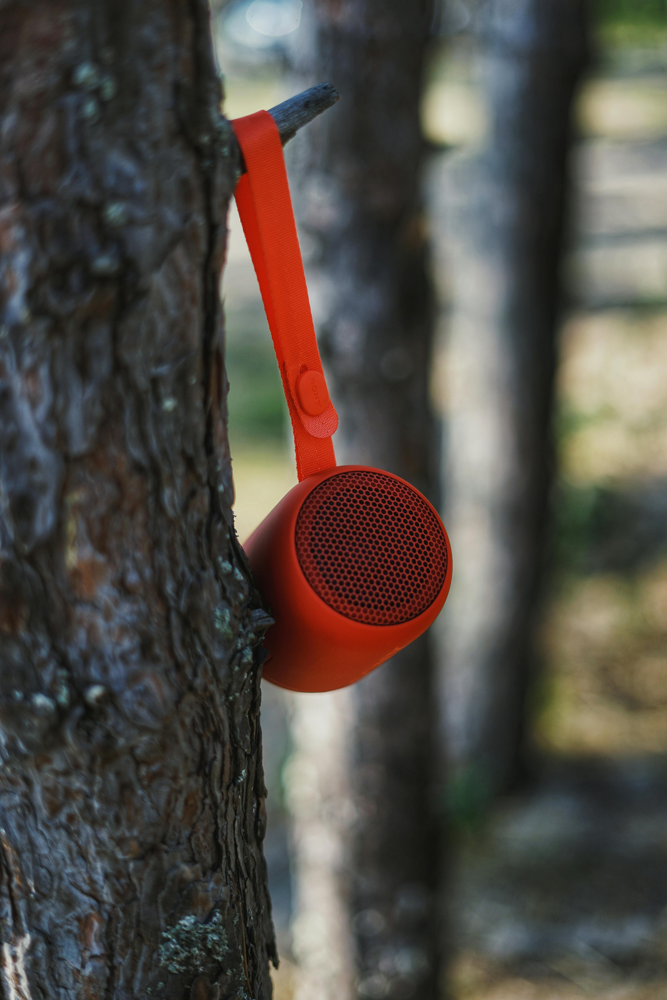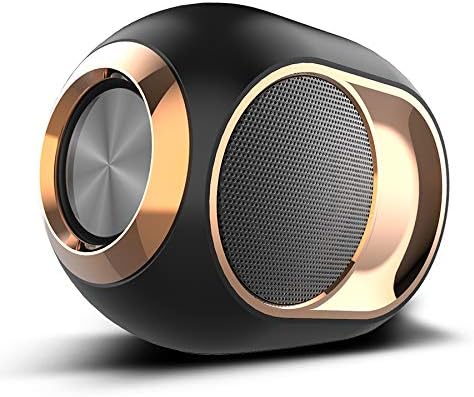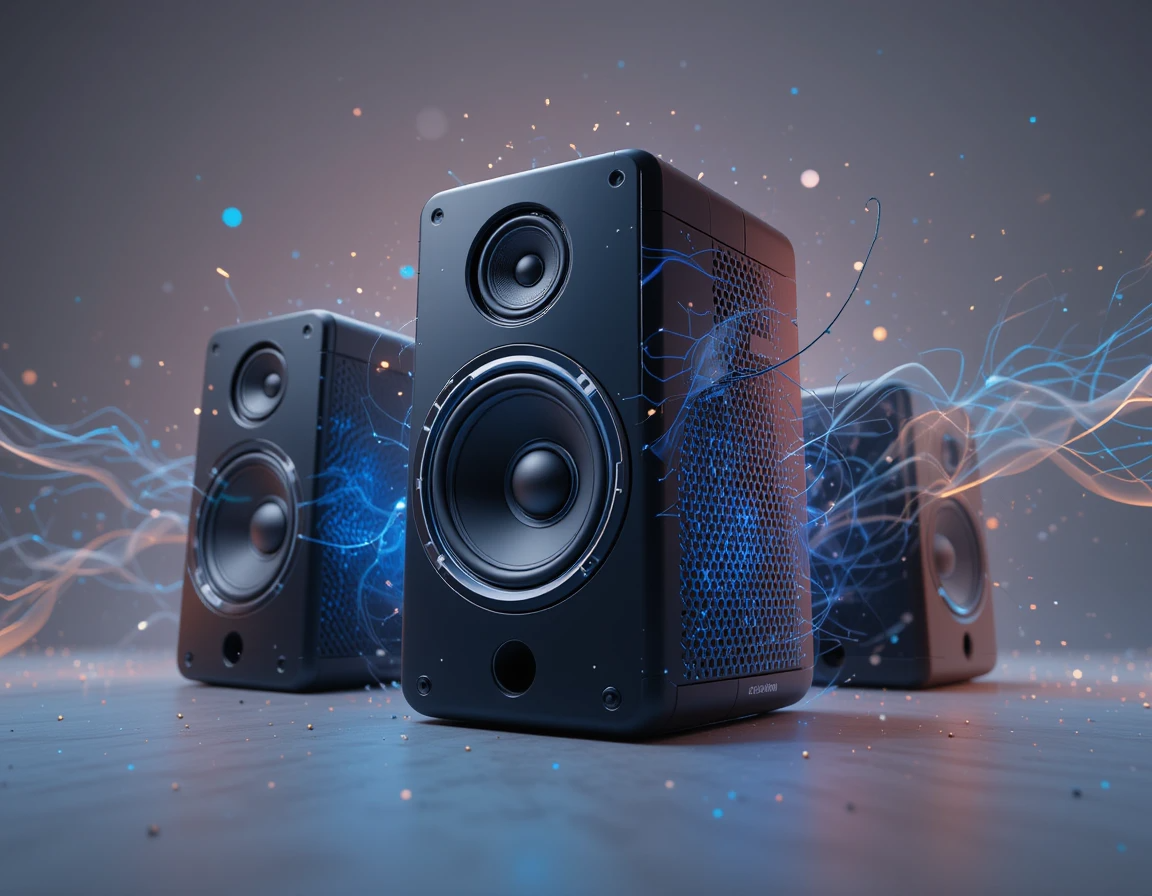Short Answer: To choose the right Bluetooth speaker, focus on the key features that match your needs. Consider sound quality, battery life, portability/size, connectivity, and durability (waterproofing). For example, check the speaker’s battery hours (most last 10–12 hours), its size and weight (big speakers can sound louder but weigh more), and its IP rating (IPX4 handles splashes, IPX7 means submersible up to 30 minutes). Also look at the Bluetooth version for range (Bluetooth 5.0 has about 4× the range of 4.2) and support for high-quality audio codecs or multi-device pairing. By comparing these features — sound performance, power, connectivity, and build quality — you can find the right Bluetooth speaker for your use case (indoors, outdoors, travel, etc.)
Meta Description: How to choose the right Bluetooth speaker: consider audio quality, battery life, portability, and waterproofing in this expert speaker buying guide.

Table of Contents
- Key Features to Consider
- Sound Quality and Performance
- Battery Life and Power
- Portability and Design
- Durability and Waterproofing
- Connectivity and Bluetooth Version
- Additional Features
- FAQs
- SEO & Schema Markup
Key Features to Consider {#key-features}
Bluetooth speakers vary in many ways. The most important features to compare are sound quality, battery life, size/portability, connectivity, and durability. For sound, look at speaker drivers, frequency response, and bass output. Battery life (10–12 hours on many models dictates how long you can play music. Portability depends on weight and whether it has a strap or handle. Connectivity involves Bluetooth version (newer is better) and extra inputs (like Aux-in). Finally, durability means water/dust resistance: an IPX4 rating withstands splashes, while IPX7 means it can survive submersion (up to 30 minutes) This speaker buying guide will walk through each of these factors step by step.

Sound Quality and Performance {#sound-quality}
Wireless earbuds and a portable Bluetooth speaker on a table, illustrating how to choose the right Bluetooth speaker. Bluetooth speaker audio quality is key. Bigger speakers with larger drivers usually deliver more bass and volume, making them great for parties or large rooms. Smaller speakers, in contrast, provide clear sound best for close-range personal listening Consider the driver size and configuration: many portable speakers use a combination of woofers and tweeters (and often passive bass radiators) to fill out the sound. Also look at the frequency range (wider range can reproduce deeper bass and crisper highs). If possible, test speakers in person or read reviews: clarity, depth, and distortion levels at high volume are all important. For high fidelity, some models even support advanced codecs (like aptX or LDAC) which can improve wireless audio quality on compatible devices In short, match speaker size and design to your needs: a compact cube for travel vs. a larger stereo speaker for big sound.
Battery Life and Power {#battery-life}
Person holding a Marshall Bluetooth speaker by its handle, illustrating how to choose the right Bluetooth speaker. Battery life is often 10–12 hours for most portable Bluetooth speakerscrutchfield.com. Some premium models exceed 20 hours, while ultra-portable minis might run only 6–10 hourscrutchfield.com. Think about your use case: a beach trip or party benefits from longer battery (at the cost of bigger size), whereas a commute-friendly speaker can be smaller with shorter playtime. Many speakers use rechargeable lithium-ion batteries. Check if the speaker has a built-in USB port that can charge your phone in a pinch (some models offer this as a power bank featurecrutchfield.com). Note also charging time: some models fully recharge in ~2 hours, others longer. Finally, look for battery indicators (LEDs or voice prompts) so you won’t run out of power unexpectedly.

Portability and Design {#portability}
Portability means size, weight, and form factor. Decide where you’ll use the speaker most. A compact, lightweight speaker (often with a strap or carabiner) is ideal for travel, hiking, or biking. These are often marketed as “ultra-portable” and fit easily in a backpack. Keep in mind that smaller size usually means a shorter battery life (as above) and lower maximum volume. On the other hand, if you need a speaker for home or parties, a larger, heavier model can provide louder sound and deeper bass. Some portable speakers are rugged (shockproof) or have handles built-in. Check the build quality and materials: rubberized or silicone exterior can resist bumps and fall. Also consider stereo pairing: many speakers can link two units wirelessly (for true stereo sound) or chain multiple speakers (e.g. JBL’s PartyBoost/Connect+) to cover more space. If you plan multi-speaker setups, verify that feature in specs. Overall, choose a design that fits your lifestyle – pocket-sized for on-the-go, or robust and feature-rich for home/party use.
Durability and Waterproofing {#waterproofing}
A red Bluetooth speaker on a wooden dock by a lake, illustrating how to choose the right Bluetooth speaker. If you’ll use your speaker outdoors or near water, durability is crucial. Look for an IP rating: e.g. IPX4, IPX5, IP67, etc. An IPX4 rating means splash-resistant (good for rain or kitchen use). IPX7 means the speaker can handle being submerged in up to 1 meter of water for 30 minutes. Some top models even offer IP67 (water and dustproof). RTINGS advises that IPX4–IPX7 covers most needs: “IPX4 can tolerate splashes of water. In contrast, you can submerge speakers with an IPX7 rating in water for up to 30 minutes”. Decide how you’ll use it: for pool, beach or boating, IPX7 or better is worth it. For general outdoor use, IPX4–6 is often sufficient. Also consider other ruggedness: if you camp or hike, shockproof or dustproof models (often labeled “outdoor” or “rugged”) are helpful. Good build quality will extend the life of your speaker in various environments.
Connectivity and Bluetooth Version {#connectivity}
Connectivity features determine how easily your devices talk to the speaker. First, check the Bluetooth version. Bluetooth 5.0 (and above) provides roughly four times the range and faster data transfer than older 4.x versions This means more stable connection at longer distances. Many modern speakers now use Bluetooth 5.x. Also consider codec support: if you use a smartphone that supports AAC, aptX, or LDAC, a matching codec on the speaker can improve audio quality. As one expert notes, newer Bluetooth versions support features like Multipoint (connecting to two devices at once) and higher-bandwidth audio codecs This lets you switch seamlessly between a phone and laptop, for example, without re-pairing.
Other connectivity: some speakers offer NFC pairing for one-tap setup. Check for auxiliary inputs (3.5mm jack) if you ever need wired use. Also USB ports (aside from charging) may allow playing music from a thumb drive. A handful of speakers include Wi-Fi or voice-assistant support (Alexa/Google) – but if you’re strictly Bluetooth-focused, these can be optional. Overall, newer Bluetooth specs mean better range and less interference; if you can get Bluetooth 5.0+ support, it’s future-proofing your purchase.

Additional Features {#additional-features}
Modern Bluetooth speakers often pack extra features:
- Stereo/Party modes: Some brands let you pair two speakers in stereo or link many speakers for a party wall of sound (e.g. JBL, Ultimate Ears).
- Built-in mic (Speakerphone): Allows taking calls hands-free. Many portable speakers double as a speakerphone with good call quality
- Voice assistant integration: A few can access Siri/Google Assistant via your phone’s voice commands.
- Built-in lighting or display: Party speakers may have LEDs or visualizers.
- Charging phones: As mentioned, some have USB ports to charge your devices
- App support: Brands often have companion apps to adjust EQ, settings, or group speakers.
- Price and brand: Consider your budget and read reviews for reliability. Well-known audio brands (JBL, Bose, Sony, Ultimate Ears, etc.) usually ensure build and audio quality, though many smaller brands also offer solid performance at lower prices.
Use these criteria to narrow down your options. When shopping, compare models side by side: read specs, look at wattage (higher can mean louder), battery ratings, and customer reviews on sound and durability.
Summary: In essence, the right Bluetooth speaker depends on your use case. For outdoor use, prioritize battery, waterproofing and portability. For home/office, you might favor larger size for better sound, with less emphasis on battery. Always match the speaker’s features to how and where you’ll listen to music.
Internal Resources: For more detailed comparisons, see our [Read our guide on waterproof speakers], and check out our [Speaker comparison guide] and [Portable speaker buying tips] for related advice.
FAQs {#faqs}
- What features should I prioritize when choosing a Bluetooth speaker?
Look at audio quality (size and quality of drivers, bass output, frequency range), battery life (longer if you need all-day use), portability (size, weight, handles), connectivity (Bluetooth version, extra inputs, pairing options), and durability (waterproof/dustproof ratings) - How important is the waterproof rating?
Very important if you plan outdoor or poolside use. A speaker with IPX7 can be submerged briefly, making it ideal for the pool or beach. IPX4–6 can handle rain or splashes If you rarely encounter water, IPX4 is often enough. - What battery life should I expect?
Most quality Bluetooth speakers offer 10–12 hours on a full charge. Larger party speakers may reach 15–20+ hours. Mini or ultra-portable models often run around 6–10 hours Consider your usage (outdoor trips vs. desk use) when evaluating battery specs. - Does the Bluetooth version matter?
Yes. Newer versions (Bluetooth 5.0 and up) give you longer range and faster, more stable connections (roughly 4× the range of 4.2). They also allow modern features like multi-device pairing (Multipoint) and support for advanced codecs (improving sound) - Are bigger speakers always better?
Not necessarily. Bigger speakers typically deliver stronger bass and louder volume, which is great for large spaces or parties But they are bulkier and less portable. Compact speakers produce clear sound for personal use and are easy to carry. Think about where you’ll use the speaker most: a tiny speaker won’t fill a party, but a big one might be overkill for your desk. - Can I link multiple Bluetooth speakers together?
Many modern speakers support stereo pairing or party modes. For example, some JBL speakers can connect up to 2 in stereo or even 100 speakers in PartyBoost modetechradar.com. Ultimate Ears and others have similar group pairing features. This can be a useful feature if you want immersive sound or multi-room audio. Check the specs: it will usually mention “Stereo Pairing” or “Party Mode” if supported.
Best Bluetooth Speaker Reviews 2025 – Top Picks & Buying Guide Read More–>





One thought on “How to Choose the Right Bluetooth Speaker – Key Features to Consider”